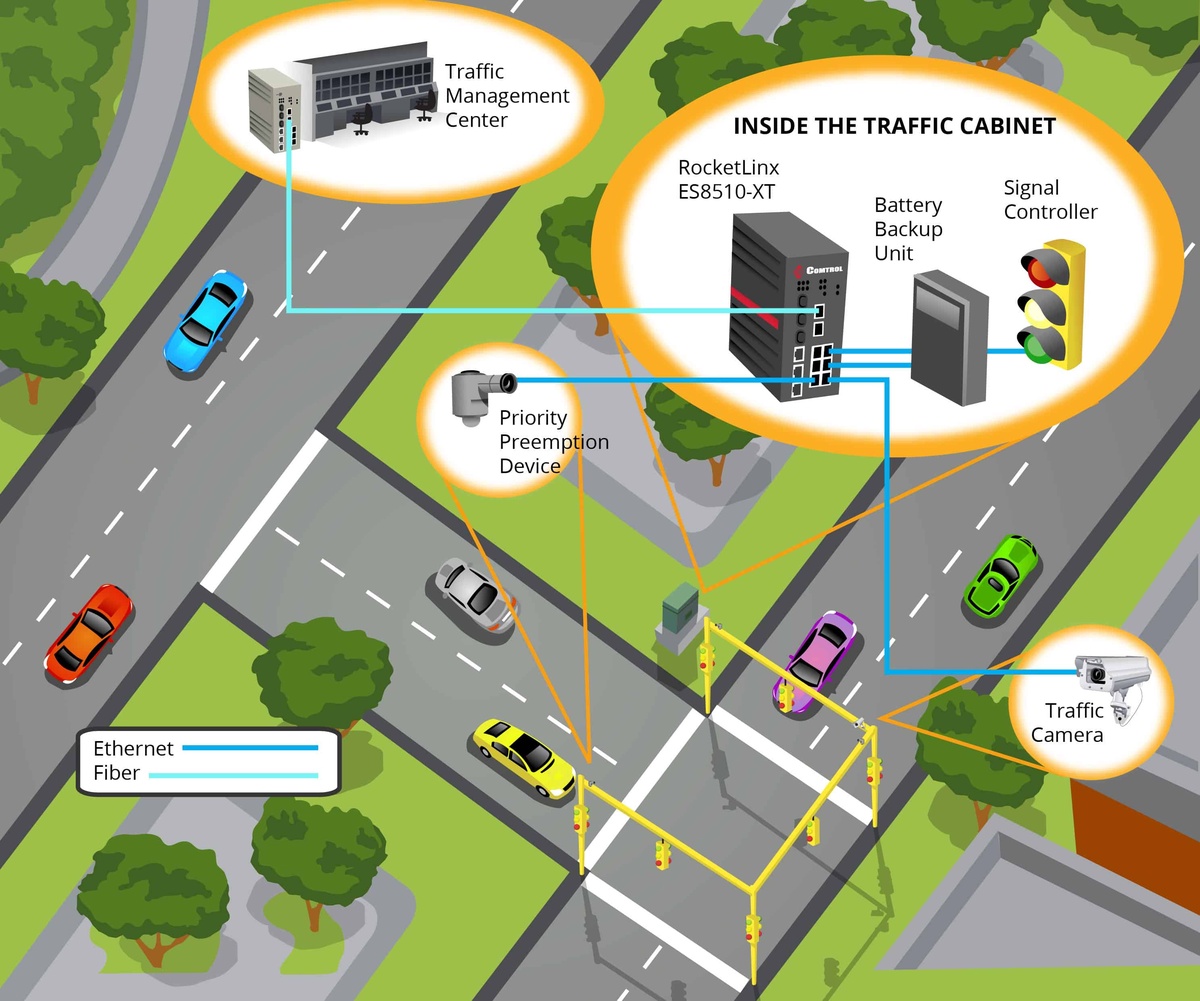Ever found yourself stuck in a bumper-to-bumper traffic jam, wondering why the roads are so congested? Or perhaps you've questioned why some roadwork takes ages to complete. Well, it turns out there's an entire field dedicated to solving these puzzles: Traffic Management Planning.
If you're curious about how traffic flows are controlled and how road safety is maintained, then you're in the right place. In this blog, we'll dive into the basics of Traffic Management Planning Melbourne and uncover why it's crucial for our daily commutes.
What is Traffic Management Planning?
Traffic Management Planning refers to the strategic process that authorities and engineers use to ensure the efficient and safe movement of traffic on roads. It encompasses a wide range of activities, from designing road layouts to implementing traffic control devices and everything in between. This discipline not only aims to reduce congestion but also enhances safety for pedestrians and drivers alike.
The Goals of Traffic Management Planning
Ensuring Safety
One of the primary goals of Traffic Management Planning is to improve road safety. Planners work to design roads and intersections that minimise the risk of accidents. This includes the installation of traffic signals, signage, and pedestrian crossings tailored to the unique needs of each area.
Reducing Congestion
Nobody likes being stuck in traffic. Efficient Traffic Management Planning Melbourne aims to reduce congestion by optimising traffic flow. This can involve timing traffic lights to improve progression, designing roundabouts to keep traffic moving, or even planning alternative routes to distribute traffic more evenly across the network.
Promoting Sustainability
With the growing focus on environmental sustainability, Traffic Management Planning also considers the impact of traffic on the environment. This includes encouraging the use of public transport, biking, and walking, as well as planning for electric vehicle charging stations and considering the impacts of roadwork on local ecosystems.
Key Components of a Traffic Management Plan
Traffic Control Devices
These are tools used to regulate and guide traffic safely. They include traffic lights, road signs, and pavement markings, which help convey information to motorists and pedestrians to prevent confusion and accidents.
Road Design
The way a road is designed directly impacts traffic flow and safety. Planners must consider various factors, such as road width, curvature, and the placement of junctions, to ensure that traffic moves smoothly and safely.
Public Input
Community involvement is crucial in Traffic Management Planning. By engaging with the public, planners can gain insights into local issues and concerns, which can be vital in designing effective traffic solutions.
Challenges in Traffic Management Planning
Despite its goals, Traffic Management Planning faces numerous challenges. Rapid urbanisation, increasing vehicle numbers, and aging infrastructure all pose significant hurdles. Planners must be innovative and adaptable, using the latest technology and strategies to overcome these issues.
The Future of Traffic Management Planning
Looking ahead, the field of Traffic Management Planning is set to become even more important. With advances in technology, such as smart traffic management systems and autonomous vehicles, the way we manage traffic is evolving. Planners will need to continue learning and adapting to integrate these technologies effectively into our cities.
Conclusion
Understanding Traffic Management Planning is essential for anyone interested in the functioning and development of urban areas. It's a field that directly affects all of us who use roads.
The next time you pass through a well-organised intersection or enjoy a smooth drive on a busy road, you'll appreciate the complex planning and thought that went into making your journey safe and swift.
Whether you're a city planner, a commuter, or just a curious citizen, recognising the importance of Traffic Management Planning Melbourne can give you a new perspective on the roads and routes that weave through our lives.
So, the next time you find yourself in a jam, remember, there's a whole plan in place aiming to get you moving again. Stay tuned, stay safe, and keep rolling smoothly with better Traffic Management Planning!


No comments yet